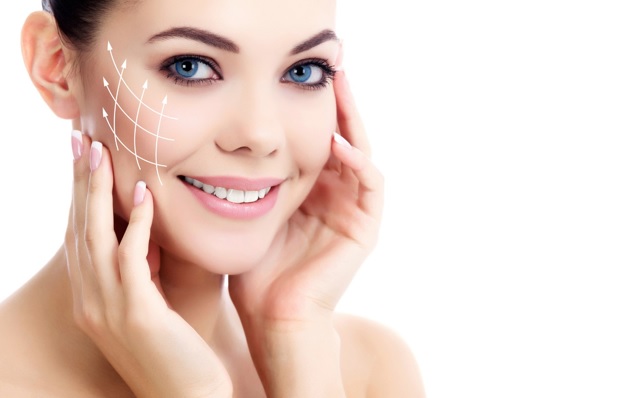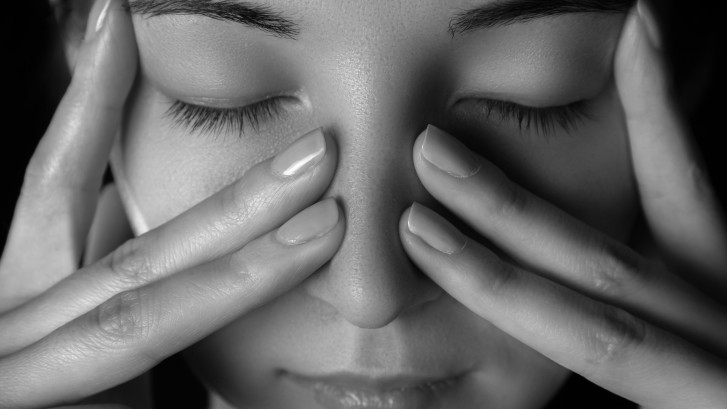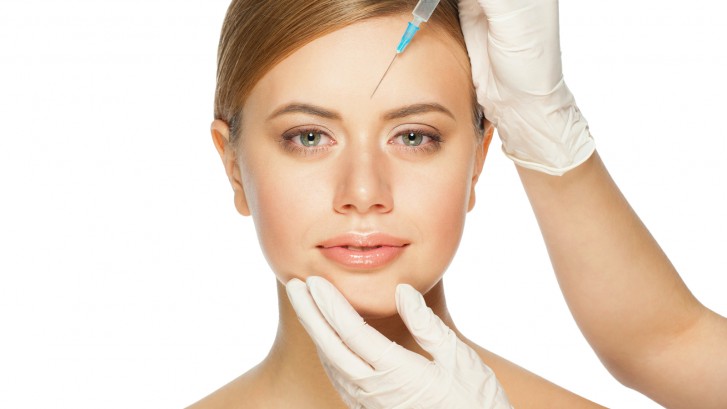How 3-D Imaging is Innovating Modern Medicine
 3-D imaging via medical diagnostic tools such as MRIs and CT scanning is completely revolutionizing modern medicine.
3-D imaging via medical diagnostic tools such as MRIs and CT scanning is completely revolutionizing modern medicine.
As these medical devices become increasingly more precise at an accelerating rate, they are providing doctors with more finely-detailed, high resolution 3-D imaging of their patients with each passing year.
At the same time as the rapid increase in the sensitivity and resolution of these modern imaging devices, the processing power of digital computation has continued its exponential growth in price-performance year over year, allowing physicians to render and analyze the data from 3-D imaging all the more effectively.
Innovations in 3-D Imaging Resolution
By contrast to the incremental improvements of medical techniques over the centuries, and even to radiography during the decades of the 20th century, in recent years the improvements to medical imaging are coming fast and making a difference by orders of magnitude.
A little over a year ago researchers at MIT announced they had developed an algorithm that exploits light polarization to boost the depth resolution of conventional 3-D imaging technology by 1,000 times.
Researchers say the technique is so promising that it could bring this technology to your pocket: “The technique could lead to high-quality 3-D cameras built into cellphones, and perhaps to the ability to snap a photo of an object and then use a 3-D printer to produce a replica.”
3-D Image Processing Speed
A high resolution imaging device has little useful application without the processing speed to match it. Processing power is essential to creating the images and manipulating the data in quality diagnostic scans made by imaging devices.
And it’s not only the rapid pace of improvement in the brute force of computer processing power that’s been essential to 3-D imaging innovation in recent years. It’s the implementation of software solutions that can use that power to effectively reconstruct volumetric data.
There’s also the configuration of hardware processing power in a way that’s effective and efficient for the kind of computation involved in 3-D imaging, such as the incorporation of GPUs (graphical processing units) like those used by gaming software to create better images faster than CPUs can.
Machine Learning and Modern 3-D Imaging
One innovator in the field, Mountain View, Calif.-based EchoPixel is helping surgeons take the guesswork out of surgical planning by allowing them to create a 3-D image from patient-imaging data and manipulate it in a virtual environment— to remove tumors, dissect tissues, or measure blood vessels. The technology is allowing physicians to get a more accurate view of their patients’ anatomy.
Furthermore, with the application of machine learning, the software records the clinician’s interactions with the 3-D imaging data, so other doctors can learn from the same steps and methodology. The software is compatible for use on different hardware devices, including wearable tech such as Google Glass, so it can be used in an operating room.
How 3-D Imaging is Saving Lives
An ounce of prevention: Along with life-saving advancements to surgery prep for critical surgeries that doctors perform on vital tissues and organs, 3-D imaging is saving lives in the critical field of medical diagnostics.
The use of modern computer 3-D images made from a composite of multiple 2-D radiographic images using tracers and contact dyes has allowed doctors to view a comprehensive image of a patient’s body and observe minor anomalies that would have otherwise gone undetected, providing vital early warning signs of potential health problems.
And Making Lives Better
With today’s level of sophistication in computer 3-D imaging technology, its use in medical practice has also found an ever-expanding role to play in helping doctors improve the quality and results of facial plastic and reconstructive surgery.
For patients seeking facial implants to improve the proportions or enhance the contours of their face, the computer era has made it possible for facial implants to be perfectly tailored to a patient’s face.
Custom implants made using 3-D imaging and computer-aided drafting look smoother, rounder, and anatomical, and allow facial reconstructive surgeons to correctly perceive the interaction of all facial features to create a balanced, well-proportioned face.
Dr. Binder was an early innovator in this field, noticing at first that facial implants of the time were not quite right, or as he would say: “non-anatomic.”
Pioneering Facial Contouring and 3-D Imaging
Before bringing the possibilities of high-resolution 3-D scanning, efficient digital rendering and imaging, and computer-aided drafting to fruition in facial reconstruction techniques, Dr. Binder did not see facial implants achieving the desired results he was striving to attain.
By innovating a system capable of fabricating custom-designed facial implants to a high degree of precision, Dr. Binder was able to pioneer a technique that allows the reconstruction of most facial contour defects with a higher degree of accuracy and better results than were ever before possible.









